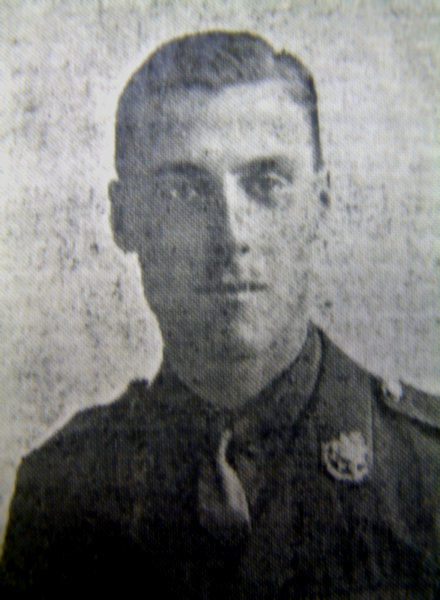Name
George Sidney Carter (MC)
Conflict
First World War
Date of Death / Age
28/11/1917
19
Rank, Service Number & Service Details
Second Lieutenant
East Surrey Regiment
9th Bn.
'A' Coy.
Awards: Service Medals/Honour Awards
1914 /15 Star, British War and Victory medals
Military Cross
Cemetery/Memorial: Name/Reference/Country
ST. SEVER CEMETERY, ROUEN
B.3.19.
France
Headstone Inscription
Not Researched
UK & Other Memorials
Stevenage Old Town Memorial,
St Nicholas' Church Memorial, Stevenage Old Town,
Holy Trinity Church Memorial Roll of Honour, Stevenage Old Town,
Not on the Weston memorials
Pre War
George Carter was born in the village of Weston, Hertfordshire, on the 16th May 1898, the youngest son of John & Clara Carter.
After completing his education George became a Gardner by occupation until the onset of war.
Wartime Service
Additional Information
George is commemorated on his father’s headstone in Stevenage (St. Nicholas) Churchyard, his part of the inscription reads:
THIS HIS SON
LIEUT. GEORGE S. CARTER
THE xxx?
WHO DIED NOVEMBER 28TH 1917
Xx?
Acknowledgments
Paul Johnson



